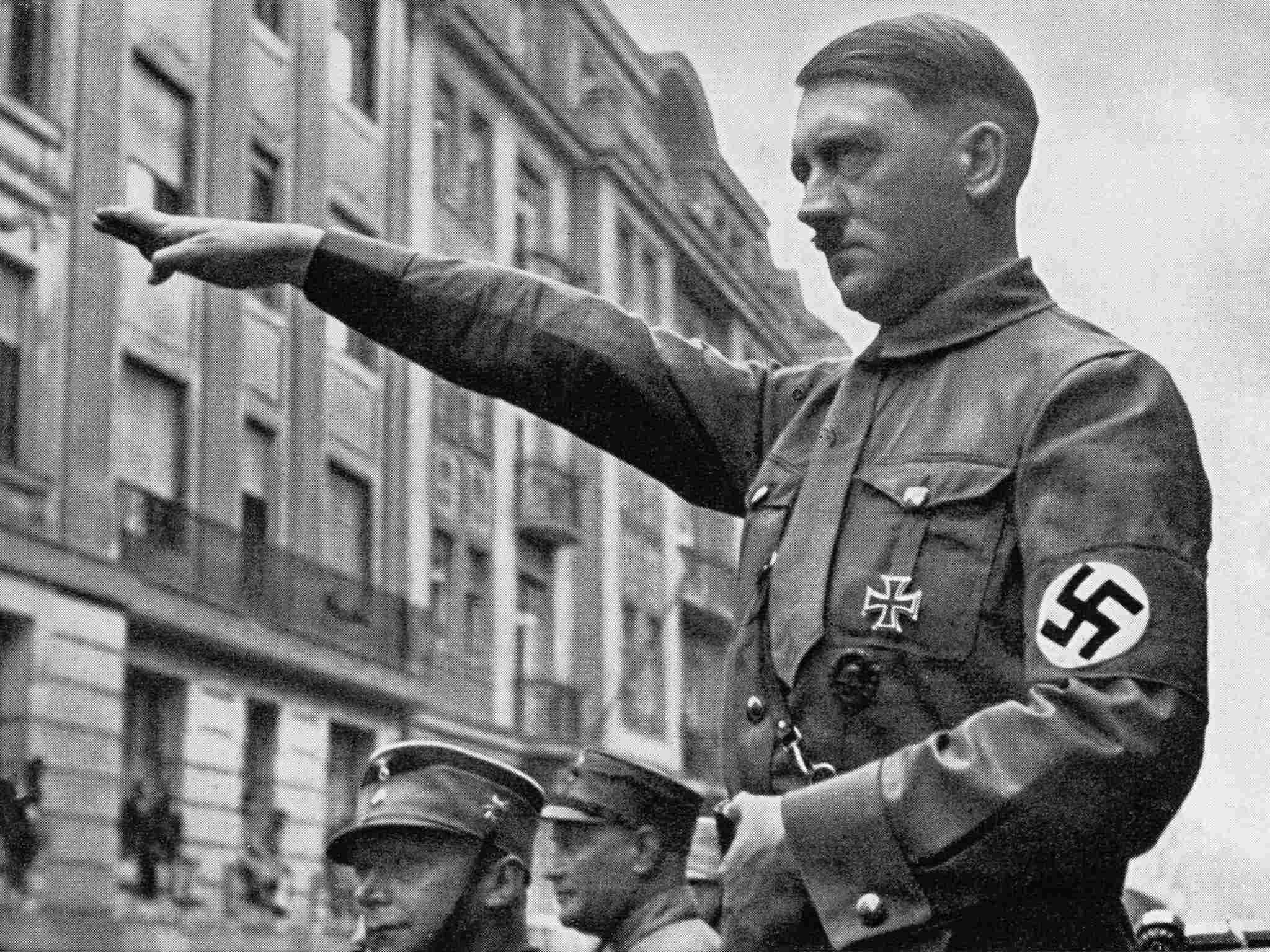In any modern economy, intellectual property plays a vital role in every sector and has become the basis for crucial investment decisions. For this reason, it demands due importance to be given to intellectual labor associated with the innovation. Intellectual property (IP) implies the intellectual creativity of a creator such as creative expressions, innovations and ideas which have been given the status of property and is deemed to be the intangible asset of the creator. It refers to the ownership of a design or an idea by an individual who actually came up with it.
It is a legal concept which deals with the intellectual creations for which legal rights are recognized. The rights related to intellectual property called the Intellectual property rights (IPR) are the exclusive rights given to the creators of intellectual property, which enable them to reap commercial benefits from their intellectual endeavor and to protect their creations and innovation for a certain period of time.
The common types of intellectual property protection include industrial designs, trademark, patent, copyright, license etc. It is necessary for every industry to have IPR for better planning,commercialization,identification for protection of invention and creativity.
By virtue of intellectual property rights, intellectual property can be sold, exchanged, licensed or brought. It hence provides an incentive to the creator of the work resulting in innovation leading to technological advancement, economic welfare and industrial development.
Though, through the medium of IPR, incentives are being provided to the creators leading to competition in the field of invention, but it is a form of temporary monopoly provided by the state.
Brief history
The roots of laws and administrative procedures relating to intellectual property rights can be traced back to the fourteenth century in Europe. The guilds or association of artisans of those times were granted authority by the governments to control the conduct and regulation of various industries. These guilds had the authority to decide what items could be marketed, imported and produced and how new procedures, devices and inventions could be introduced in the field of commerce. Lately, because of unchecked powers vested to them by the governments, the guilds did far more to stifle invention and creativity than to encourage it and ultimately in the 18th century, the guild system was broken in England.
In ancient times in Europe, the intellectual property law was driven by religious and political motivations and not by an interest in creation and innovation. Like in 1556, the stationers company’s monopoly was established in England with intent to limit the power of Protestant Reformation movement. The government and church tried to prevent the dissemination of ideas by putting the entire printing industry in the control of this company and this monopoly lasted till 1694.
The Statute of Monopolies was passed in England in 1623, which in addition to halting the power of Government to grant the monopolies, also provided the true and first inventor of intellectual property for a period of 14 years and thereby granted the exclusive control to the inventor over his invention.
Likewise the statute of Anne was enacted in 1710 which granted an initial protection period of 14 years and a 14 year renewal. In addition to other points of interest, this Statute permitted people to make complaints in case the booksellers or printers set the prices too high .However, this statute did not provide any protection to the Authors for the import of foreign translation of their works.
From this point forward, more British common law and statutes continued to refine and develop intellectual property law in England. The rest of the world recognized intellectual property rights comparatively at a later stage and the development of the intellectual property rights viz-a-viz to rest of the world can be summarized as follows:
- Paris convention, 1883
This was the first convention with which the protection of industrial property was born. This international agreement for the first time provided protection to the works of creators outside the home country.
The need for an international protection of intellectual property was felt when the International Exhibition of Inventions in Vienna, Austria in 1873 was refused to be attended by foreign exhibitors for fear of their ideas being stolen and commercially exploited in other countries. Hence, the Paris convention was passed to cover inventions, industrial designs and trademarks.
- Berne convention, 1886
The Berne convention for the protection of literary and artistic work was agreed after a complaint for the protection of artistic works was carried out by writer Victor Hugo and his associates. This convention aimed at giving the right to creators to control and receive payments for their creative works at international level.
Under this convention, protection was provided to:
- Songs, operas, musicals, sonatas;
- Novels, short stories, poems, plays; and
- Drawings, paintings, sculptures, architectural works.
- Madrid agreement, 1891
The adoption of Madrid agreement led to the launching of the first international IP filing service that is the Madrid system for the international registration of marks.
This agreement laid down a mechanism providing for a single, inexpensive registration of international trade so that separate registration in multiple countries would be avoided.
- Establishment of BIRPI in 1893
For the administration of Paris and Berne conventions two secretariats were established which later on combined to form the united international Bureaux for the Protection of intellectual property (BIRPI) located in Berne, Switzerland.
- World intellectual property organization, 1970
With the enforcement of convention establishing the World Intellectual Property Organization, BIRPI was transferred to become WIPO with its headquarters in Switzerland and joined the United Nations in 1974.
- PCT system of 1978
The Patent Cooperation treaty provided for filing an international patent application for the purpose of seeking patent protection for an invention simultaneously in a large number of countries. This application can be filed by any national of a PCT contracting state. The PCT expanded rapidly and became WIPO’S largest IP filing system at an international level.
- Arbitration and Mediation Center, 1994
The WIPO Arbitration and Mediation center offers alternate dispute resolution services for solving international commercial disputes.
- WIPO development agenda adopted in 2007
This agenda was adopted with the aim of ensuring that development issues are taken into consideration throughout the organization’s work.
What are various types of intellectual property rights?
Intellectual property rights are a common type of legal intellectual protection to the creators and have contributed enormously to the world economy. Initially the intellectual property only included trademarks, patent and industrial designs but now the term intellectual property has a much wider meaning and includes the following rights:
What is Patent ?
A patent is used to prevent an invention from being created, used or sold by any other party without the permission of the creator. A patent owner has every right to commercialize the Patent and grant a license to the invention to any party. Patents can fall under the following three categories:
- Design
A Design Patent provides protection to the ornamental design on automobiles, jewelry, furniture, fonts, and packaging and computer icons. The Statue of Liberty, curvy Coca-Cola bottles are some of the famous examples of design patents.
It can be granted usually for a period of 14 years if the product has a distinct configuration or distinct surface ornamentation or both.
- Utility
A utility patent also known as “patent for invention” protects the creation of a new or improved process, a useful machine, product or composition of matter. It protects the way an article is used and the way it works. The examples of inventions protected by utility patents include the method of curing rubber, microwave oven, computerized method of running cash management accounts etc.
It protects the function, composition and structure of an invention and lasts for 20 years.
- Plant
A plant patent provides protection for a period of 20 years to new types of plants produced by nonsexual means.
What is Trademark ?
Trademarks are another well known type of intellectual property rights protection. It usually comes in the form of a symbol, a text, sound, color scheme, a phrase or a smell.
With the help of a trademark, which is a distinctive sign, a consumer can easily identify the goods or services provided by a particular company. For instance, the Facebook logo, McDonald’s golden arch etc.
A trademark can protect a class or set of products or services and is granted for a period of 8 to 10 years and can be renewed from time to time.
What is Copyright ?

Copyright covers tangible forms of original work and creations. It does not provide any protection to ideas. Copyright can be claimed for art, music, software codes, architecture drawings etc. providing an exclusive right to the creator to sell, publish or reproduce any of his creations.
Database
Database right provides protection against copying of substantial portions of a database. The protection is granted to the information itself and not over the form of expression of information. This right can be provided even if the creative aspect of the database is not involved and the data is extracted and reconstructed piecemeal. It is provided for a period of 15 years.
Trade secrets
A trade secret is intellectual property right on confidential information which may be licensed or sold. It consists of practice, design, formula, process or compilation of information used by a business for the purpose of obtaining advantage over the competitors. For example the secret formula of Coca-Cola is an example of a trade secret which has neither been patented nor revealed.
How important are intellectual property rights?
Intellectual property rights are deemed to play a crucial role in the progress and development of the society. Intellectual property rights encourage innovative creations, technology, inventions and artwork that tend to increase economic growth. These rights provide incentives to creators to continue to produce things which lead to creation of new technologies and job opportunities in the long run on one hand and leads to healthy competition on the other hand.
The importance of intellectual property rights may be listed as follows:
- These rights enhance creativity and innovation by protecting the rights of creators and inventors. Other people can use and build upon the shared knowledge of the creator to create the newer or better products subject to agreed terms and conditions.
- Intellectual property rights are vital for free flow of energy for enhancing research and energy. The creators and inventors get due recognition and get both incentive and means to create services, services and newer work.
- These rights may prove helpful in solving global issues like in case of new products of farmers, in the field of alternate sources of energy, development of low cost drugs for poor people.
- These rights ensure the availability of the original products and help to protect the investments in innovation.
- Protection of intellectual property is essential in maintaining economic growth. It leads to economic and social development by encouraging fair trading. Effective enforcement of intellectual property rights is essential for sustaining economic growth globally across all industries.
The management of intellectual property and intellectual property rights is a multidimensional task which calls for different strategies, to be aligned with national laws and international treaties. Besides, the management of intellectual property rights also demands serious considerations to be given to trade and commerce.
In the modern era, with the advent of the internet and its vast usage, intellectual property protection has become very important as there are innumerable ways by which intellectual property can be misused and abused.
In order to improve international trade and ensure long term development of the society, Intellectual property rights should be enforced and protected in such a manner that in addition to protecting the rights of inventors, it also leads to economic growth, improves health status, improves access to education and contributes to overall sustainable development.

























